Fish ID - Fish Species Identification
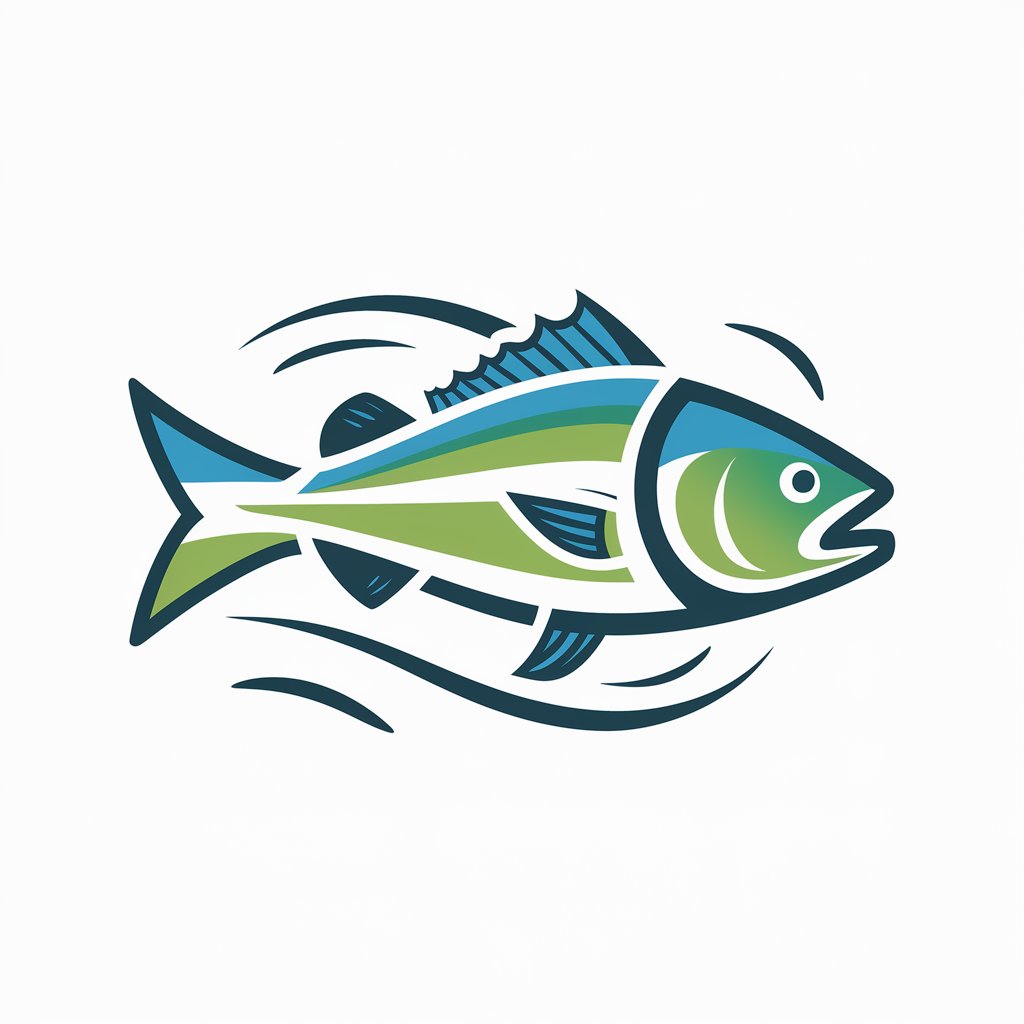
Hello! Upload a fish photo for identification and info.
Identify fish species with AI precision.
Upload a picture of your fish to help identify its species.
Can you provide more details about the fish you want to identify?
Which geographical area are you interested in regarding fish species?
What specific information are you looking for about this fish species?
Get Embed Code
Overview of Fish ID
Fish ID is a specialized tool designed to assist users in identifying fish species from images. It integrates advanced vision capabilities to analyze photographs of fish, providing detailed information about the species, including its name, characteristics, and relevant conservation or fishing regulations. The design purpose behind Fish ID centers on education, conservation awareness, and support for fishing enthusiasts and professionals. By enabling users to identify fish species accurately, Fish ID aims to foster a deeper understanding of aquatic biodiversity and promote responsible fishing practices. An example scenario illustrating its use involves an angler who catches a fish they are unfamiliar with. By uploading an image of the catch to Fish ID, the angler receives immediate information on the species, including its common and scientific names, habitat preferences, and any specific fishing regulations that apply, ensuring informed and legal fishing activities. Powered by ChatGPT-4o。

Core Functions of Fish ID
Species Identification
Example
A user uploads a photo of a fish caught during a trip. Fish ID analyzes the image and identifies the fish as a Largemouth Bass, providing details on its features, habitat, and behavior.
Scenario
This function is particularly useful for anglers and hobbyists who catch or observe fish they cannot identify. It aids in learning more about the biodiversity in their local water bodies.
Regulatory Information
Example
After identifying a Rainbow Trout, Fish ID provides the user with current fishing regulations for the species, such as size limits and season restrictions in their area.
Scenario
This ensures that fishermen are aware of and comply with local fishing laws, promoting sustainable fishing practices.
Conservation Status
Example
Upon identifying an endangered species, such as the Red List Atlantic Bluefin Tuna, Fish ID offers detailed conservation status, threats, and measures being taken to protect the species.
Scenario
This function educates users about the ecological importance of species and the need for conservation efforts, fostering a sense of responsibility towards marine life.
Who Benefits from Fish ID?
Anglers and Fishing Enthusiasts
Individuals who enjoy fishing as a hobby or profession stand to benefit significantly from Fish ID. It provides them with immediate fish identification, helping to ensure that their catch is legal and sustainable. Knowledge of species-specific regulations aids in compliance with local laws, while learning about fish habits and habitats can enhance fishing success and enjoyment.
Conservationists and Environmental Educators
This group includes professionals and volunteers committed to marine and freshwater conservation. Fish ID serves as a valuable tool for educating the public about biodiversity and the importance of conservation efforts. By understanding more about fish species, conservationists can better advocate for their protection and engage communities in conservation activities.
Academic Researchers and Students
Students and researchers studying marine biology, ecology, or environmental science can use Fish ID as a field tool to quickly identify species and gather data on distribution and abundance. This can support academic projects, research studies, and contribute to citizen science initiatives.

How to Use Fish ID
Start your journey
Begin by visiting yeschat.ai to access Fish ID without the need for signing up or subscribing to ChatGPT Plus, ensuring a hassle-free and accessible experience.
Upload your fish image
Use the image upload feature to submit a clear photo of the fish you wish to identify. Ensure good lighting and that the fish occupies the majority of the frame for best results.
Review AI analysis
Once uploaded, Fish ID will analyze the image using advanced AI algorithms to identify the species, providing details about the fish, including common names and scientific classification.
Learn about regulations
After identification, Fish ID will offer information on fishing regulations, conservation status, and ethical practices relevant to the species in your geographical location.
Explore further
Utilize the additional resources provided to learn more about the habitat, diet, and behavior of the identified species, enhancing your fishing or academic endeavors.
Try other advanced and practical GPTs
Fish Identifier
Identify fish species with AI-powered precision.
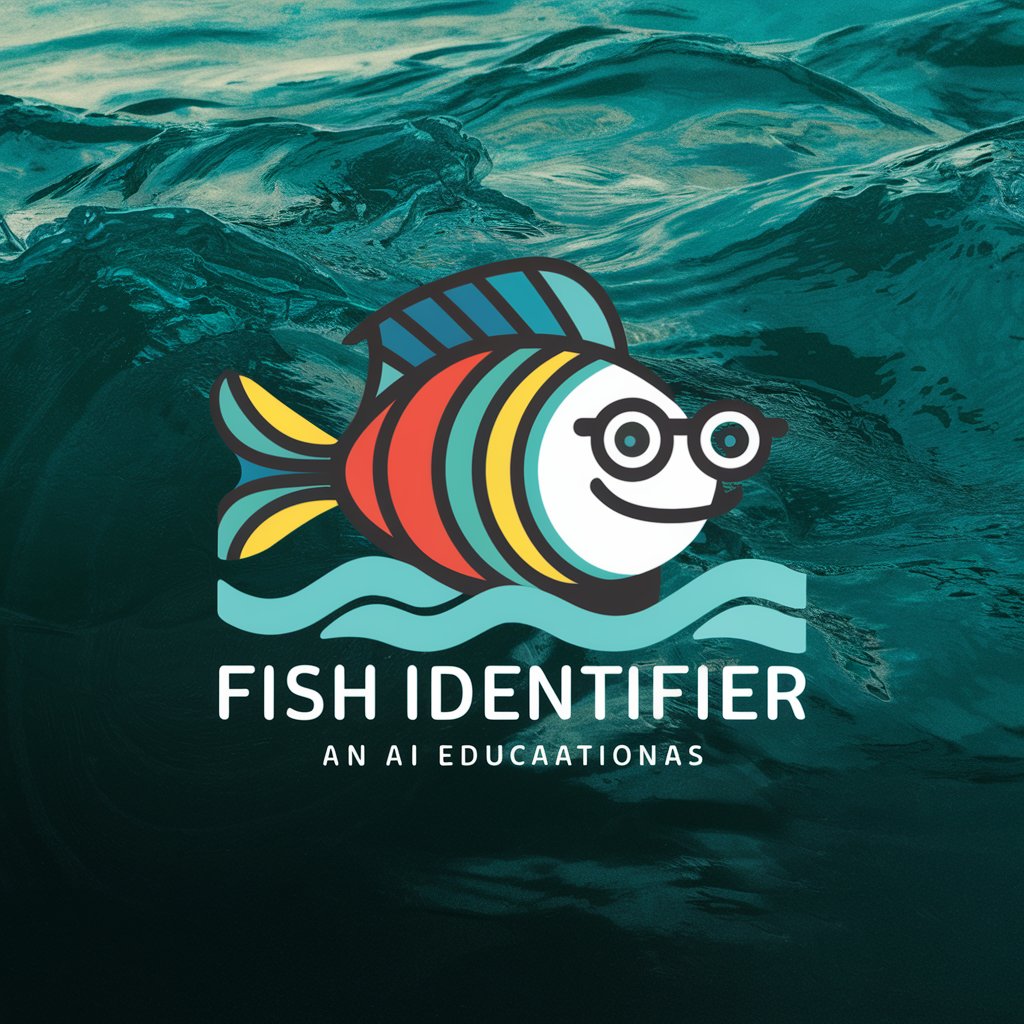
Fish Price Appraiser
Instant, AI-powered fish price estimates.

Fish Master Pro
Reeling in knowledge, AI-powered

Mortgage Fish
Simplifying Mortgages with AI

Prayer Assistant
Guiding Your Prayer Journey with AI

Prayer Warrior
Empowering Faith with AI-Crafted Prayers

Fish identifier
Identify Fish with AI Precision
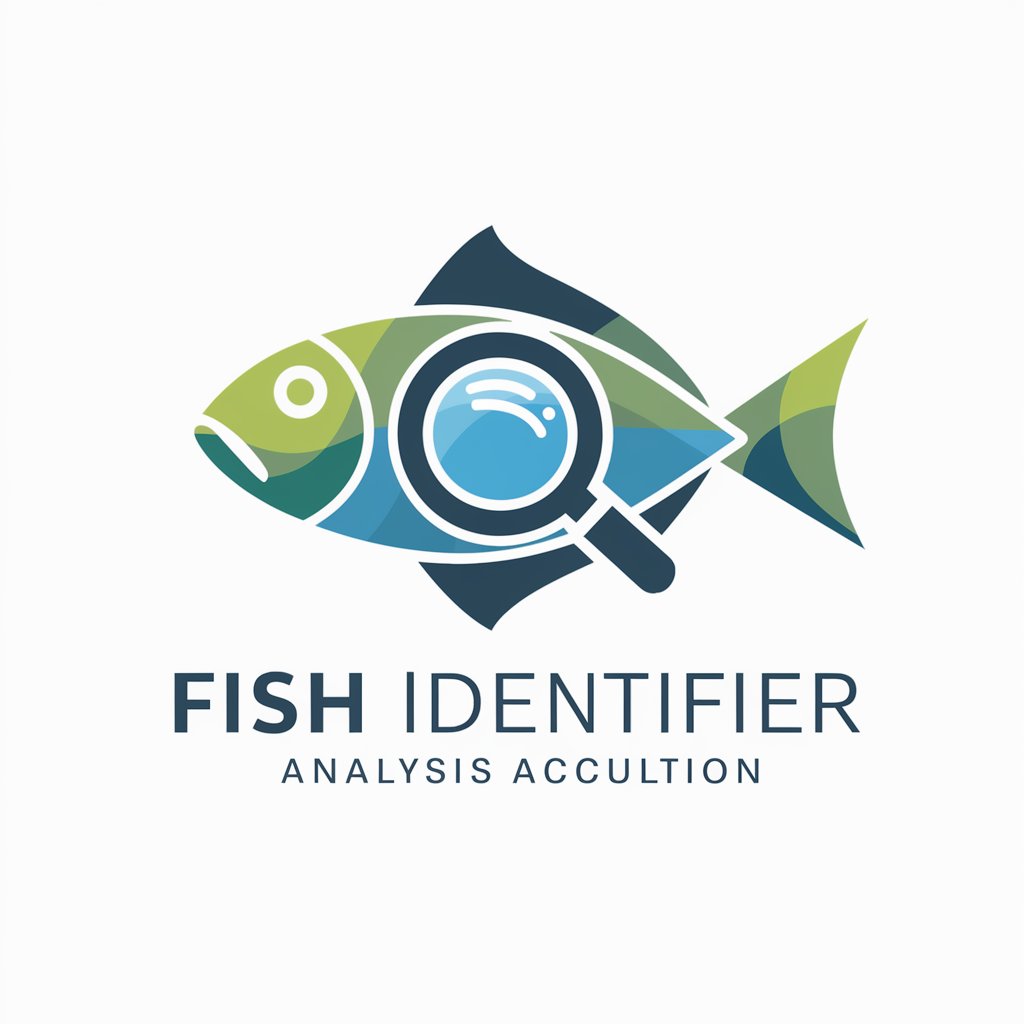
Fish Feast Chef
AI-powered Culinary Companion for Fish Lovers

mySelf Fish Companion
Empowering Personal Growth with AI
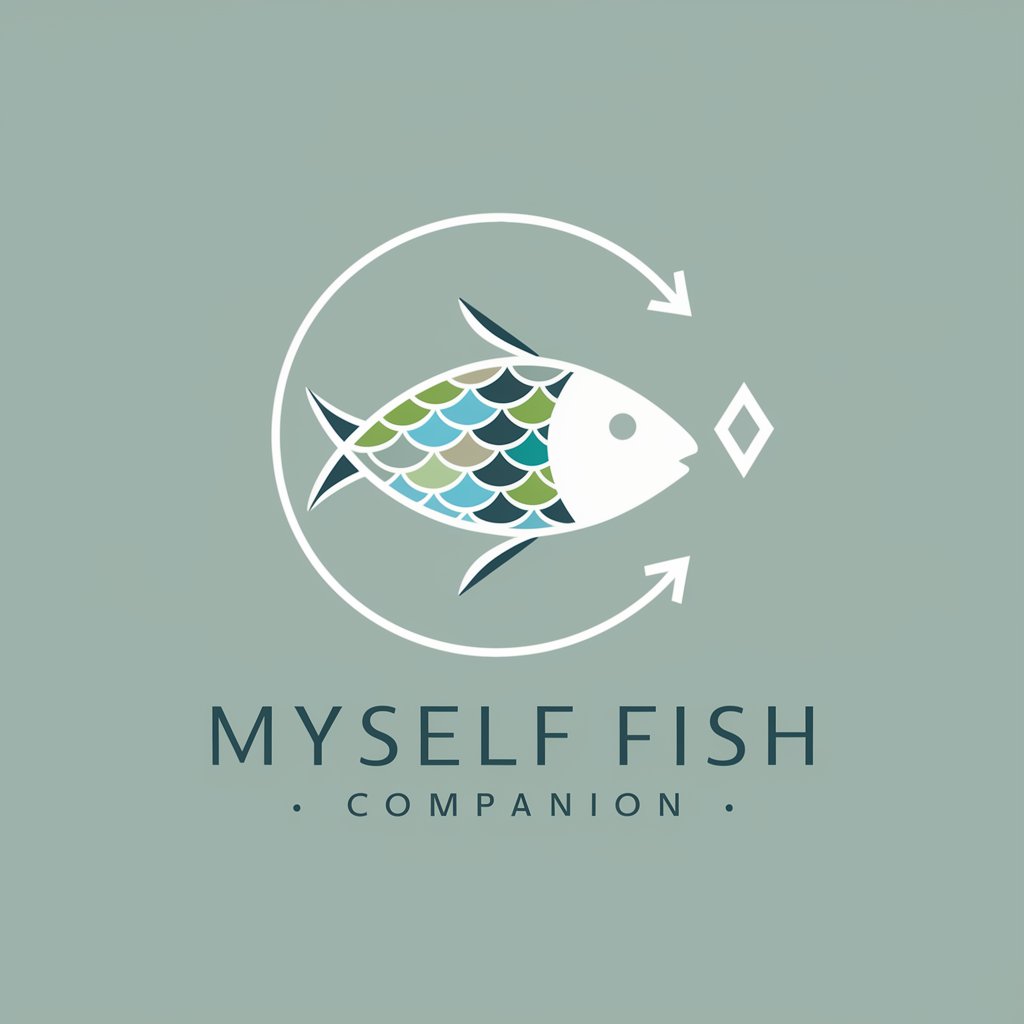
Fish Explorer
Discover, Dine, and Conserve with AI

Fish Here
Tailoring Your Angling Adventure with AI
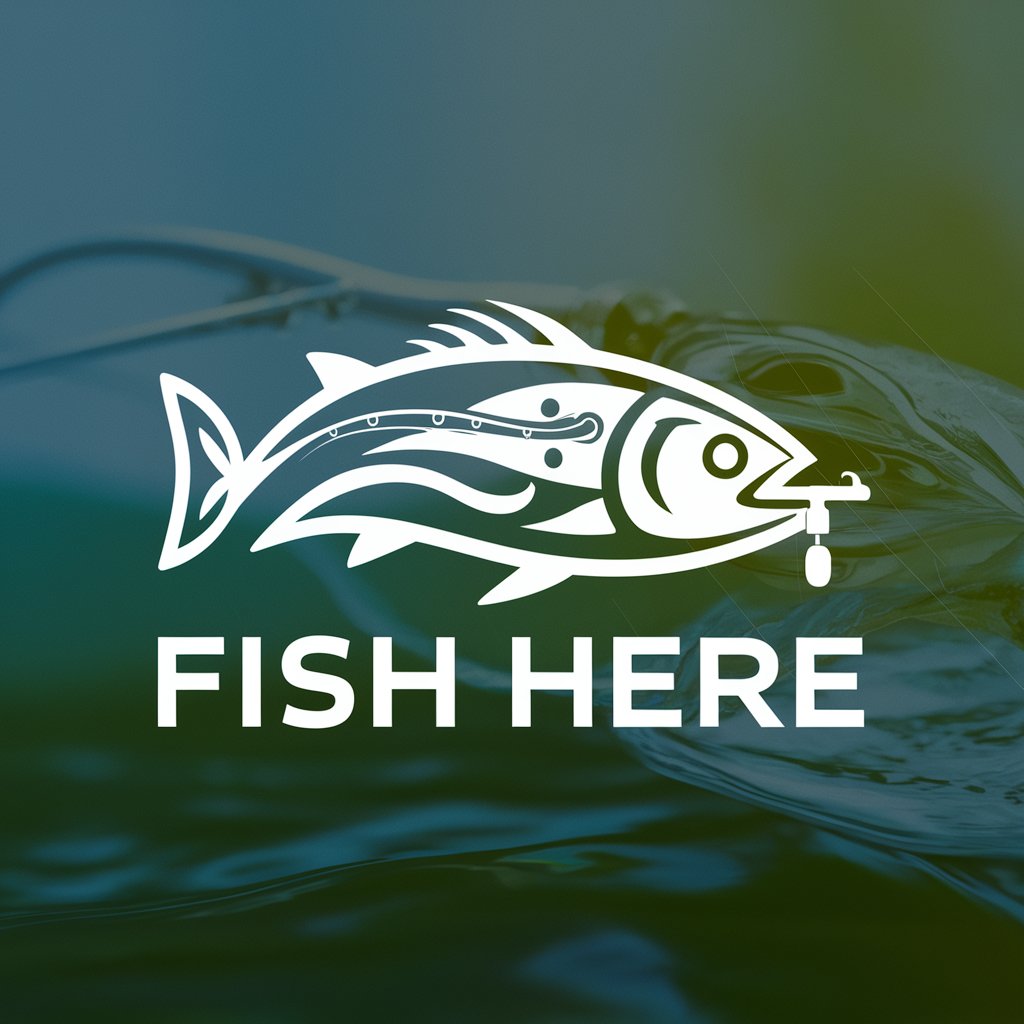
Fish Buddy GPT
AI-powered Precision Fishing Guide

Fish ID FAQs
What kind of images works best for Fish ID?
For optimal identification, use clear, well-lit images where the fish is the main subject. Avoid blurry or distant photos. Side views with visible fins and patterns yield the best results.
Can Fish ID identify all fish species?
While Fish ID is highly capable, its accuracy depends on the available data. Rare or less-documented species might be challenging to identify accurately. Continuous updates enhance its database and identification capabilities.
Is Fish ID useful for fishing regulations?
Yes, Fish ID provides up-to-date information on local fishing regulations, size limits, and season dates, helping anglers ensure compliance with local laws and conservation efforts.
How does Fish ID benefit conservation efforts?
By educating users about fish species and their habitats, Fish ID promotes awareness of conservation status and encourages ethical fishing practices, contributing to the sustainability of aquatic ecosystems.
Can I use Fish ID for academic purposes?
Absolutely, Fish ID serves as an educational tool, offering detailed species information, scientific names, and ecological data that can support academic research and environmental studies.
